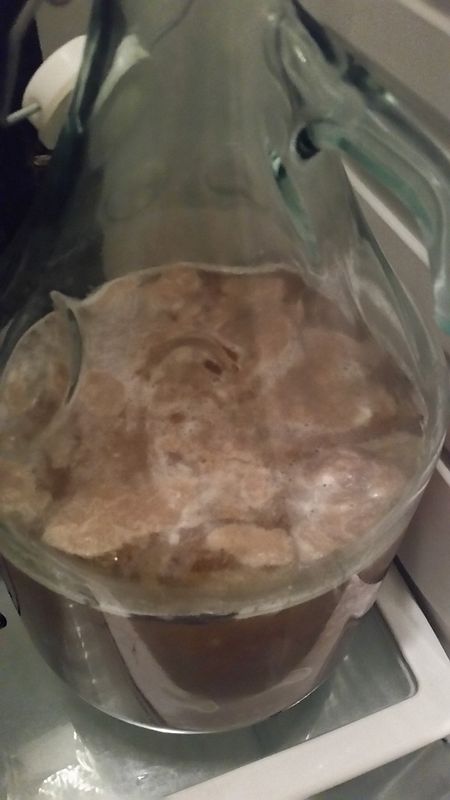manticle
Standing up for the Aussie Bottler
Looks fine although I'd shorten 63 rest to 10-20 mins.
Yes to slow raise in temp or not at all. If you pitch loads of healthy yeast, you probably won't need to. Some strains are more prone than others - danish lager from wyeast is very clean for example, munich lager tends to push out more vdk (in my experience anyway). Taste and see how much honey or butter you perceive. There are also simple vdk tests you can do to guage the final levels.
Yes to slow raise in temp or not at all. If you pitch loads of healthy yeast, you probably won't need to. Some strains are more prone than others - danish lager from wyeast is very clean for example, munich lager tends to push out more vdk (in my experience anyway). Taste and see how much honey or butter you perceive. There are also simple vdk tests you can do to guage the final levels.







